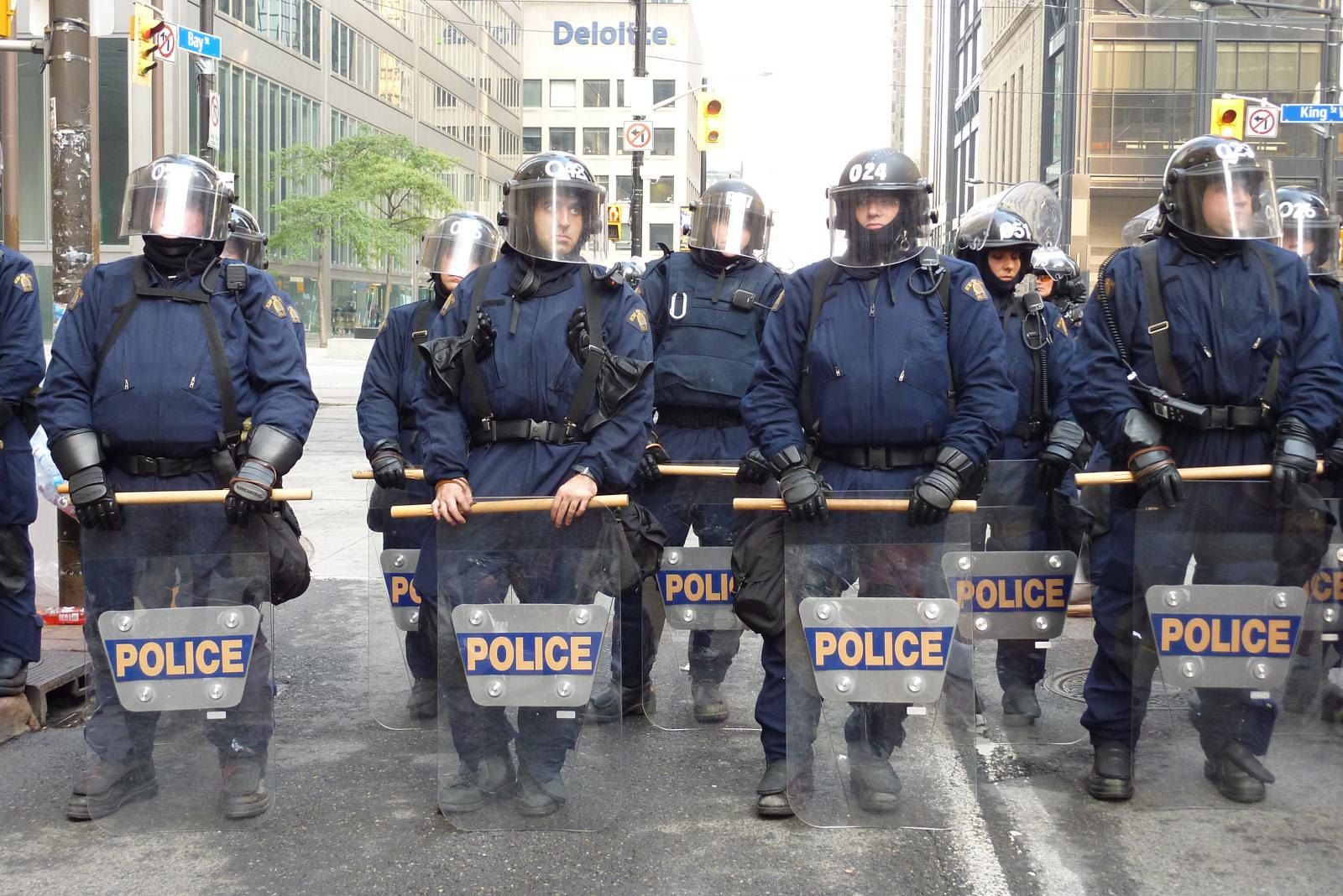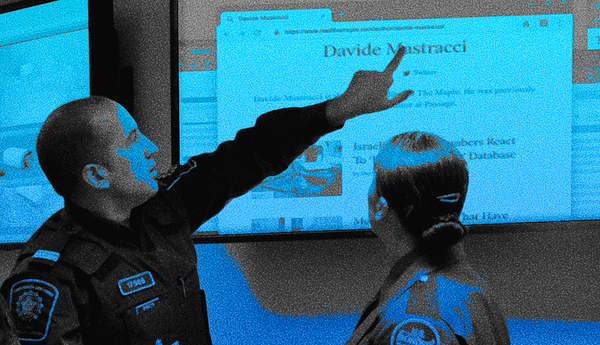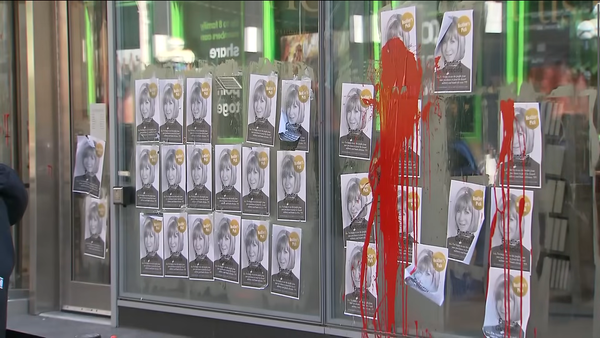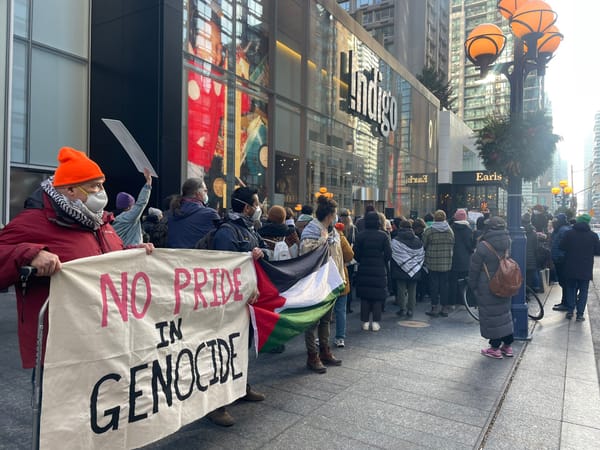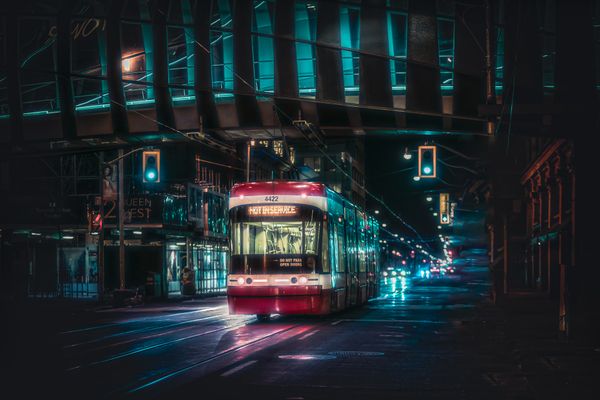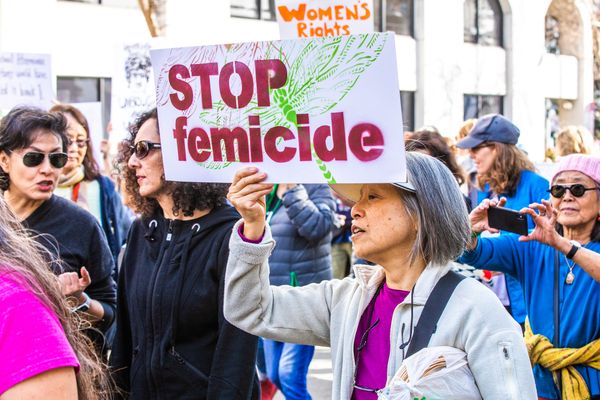Since George Floyd was killed by Minneapolis police on May 25, an unprecedented Black-led, multiracial, working class movement has emerged in opposition to racist police terror. In a country where police kill an average of three people every day, and where Black men are more than twice as likely to be killed by police than white men, Floyd’s death was the spark that lit the tinderbox.
In Canada, thousands marched in solidarity in Montreal, huge crowds in Toronto gathered to protest the police-involved death of Regis Korchinski-Paquet, a Black and Indigenous woman, and countless other cities, large and small, saw their own demonstrations.
In the diverse chorus of voices from the protests, one demand has been clear and widespread. It has come from Black voices — including authors Desmond Cole and Robyn Maynard, and Black Lives Matter – Toronto co-founder Sandy Hudson — among many others. Defund the police.
This demand comes out of the police and prison abolitionist movement, which has existed as a part of the Black freedom struggle since the 1940s. Because of these origins, defunding is a qualitatively different demand than those that characterized some elements of the Black Lives Matter movement since the police killing of Michael Brown in Ferguson, Missouri, in 2014. These previous demands included reforms such as body cameras, civilian oversight boards, police de-escalation and sensitivity training, and choking bans.
Many of those previous demands have shown themselves to be failures. In Minneapolis, police abolitionist Alex S. Vitale points out that the city had already adopted many of those reforms in the years prior to Floyd’s killing, including having “trainings on implicit bias, mindfulness, de-escalation, and crisis intervention; diversified the department’s leadership; created tighter use-of-force standards; adopted body cameras; initiated a series of police-community dialogues; … enhanced early-warning systems to identify problem officers.” Derek Chauvin, the officer who knelt on Floyd’s neck, was brought before review boards multiple times before he killed Floyd.
The same is true in much of Canada. Body cameras, which Prime Minister Justin Trudeau has been pushing for in the wake of the protests, have been found to have no effect on police use of force. Implicit bias training, another popular reform proposal, has no content standards, and no data demonstrating whether it works. In Canada, in fact, cultural sensitivity training has been used in police departments since the early 1980s.
Civilian review boards are already in place in most Canadian jurisdictions. In Quebec, the independent body established in 2016 to investigate police misconduct failed to charge a single officer in the first three years of its existence despite 126 serious injury cases. Around half of the members of the “independent” body are former police officers. Ontario’s civilian oversight board fares slightly better: In 2018, the last year with an annual report, the board laid 15 charges from the 416 cases it closed.
As reforms prove themselves unable to address the crisis of racist police violence, the remaining option is to remove departments’ funding. And in cities across Canada, there is a lot of funding to take away.
Cities today are being punished by the economic fallout of COVID-19, and municipal governments are expected to enter into a major budget crunch in 2021. Quebec’s economy, at the provincial level, could lose up to $2.8 billion in 2020. Toronto alone is facing a potential minimum budget shortfall of $1.5 billion. Winnipeg is projected to have a budget shortfall of up to $73.2 million. The mayor of Vancouver has said that the city could face bankruptcy.
In most contexts, such an economic crisis would likely lead to dramatic cutbacks on essential services like healthcare, housing, libraries and so on, particularly at the municipal level. But cutting from these services isn’t the only option.
Back in 2001, the police budget in Montreal was $400 million. In 2020, it’s at more than $665 million. Other than debt servicing, it’s the largest single bloc of the city’s budget — significantly larger than the $115 million provided to social housing, which the progressive Projet Montreal administration has long claimed to be among its top priorities.
This year’s police budget increase includes a $450,000 plan to buy new rifles for the Groupe tactique d’intervention (GTI), the city’s SWAT team, part of the long process of police militarization enabled by these ballooning budgets. In the 2020 police budget, “improving the intervention capacity” of the GTI is listed first on the priorities list.
This comes in a context of historically low crime rates in the city, where murder rates dropped to a 45-year low in 2017. Despite this decline in crime, Montreal had the most cops per capita of any Canadian city in 2018.
But it isn’t just Montreal. In Toronto, police cost more than 23 per cent of the total budget in 2019, making them the largest chunk of municipal spending. Winnipeg’s police ate up more than a quarter of the city’s budget in 2019. In both Vancouver and Calgary, police cost 21 per cent of the total budgets.
Of course, the demand to defund the police is not just a question of numbers on cities’ budget spreadsheets. While the economic crisis associated with the COVID-19 pandemic adds some urgency to budget questions, the demand to defund is part of a larger program that aims to fundamentally transform the world.
As the demand for defunding has moved to the mainstream, liberals have attempted to co-opt the term and divorce it of its abolitionist meaning.
Defunding is a mechanism, not a goal — the goal is to live in a world without police. “The very purpose of the police has always been antithetical to the safety of Black and Indigenous people,” Hudson writes. “Why continue to try to reform this irredeemable institution?” Abolitionists argue that police, rooted in slave patrols and paramilitary operations to steal Indigenous land, can’t be made to serve marginalized communities, and must be dismantled.
Abolitionist theorist and organizer Kristian Williams argues that abolishing police and prisons, in practice, means that organizers will be required to engage in reform struggles. “The challenge,” he writes, “is to pursue only those reforms that lead us closer to the goal of a world without police. That means avoiding reforms that help police institutions to repair themselves, that extend their lives or increase their power, that bolster public confidence in the criminal justice system, or that expand the cops’ reach into or influence over community life.”
Defunding has long been viewed as one such mechanism — an “abolitionist step” rather than a “reformist reform,” in the words of Critical Resistance, an abolitionist organizing group in the U.S. founded by Angela Davis, and scholar Ruth Wilson Gilmore, among others. Defunding is first on the list of demands in the newly-launched 8 To Abolition campaign, which emerged partially as a response to the reformist 8 Can’t Wait and outlines the mechanics of how organizers might fight to build a world where police are obsolete.
In the words of abolitionist organizer Mariame Kaba, “Ultimately, the only way that we will address oppressive policing is to abolish the police. Therefore all of the ‘reforms’ that focus on strengthening the police or ‘morphing’ policing into something more invisible but still as deadly should be opposed.”
There are better ways of dealing with problems in our communities than sending in cops with guns. Taking away resources from the institution whose purpose is to use violence against Black, racialized and poor people seems like a good step toward getting there.

